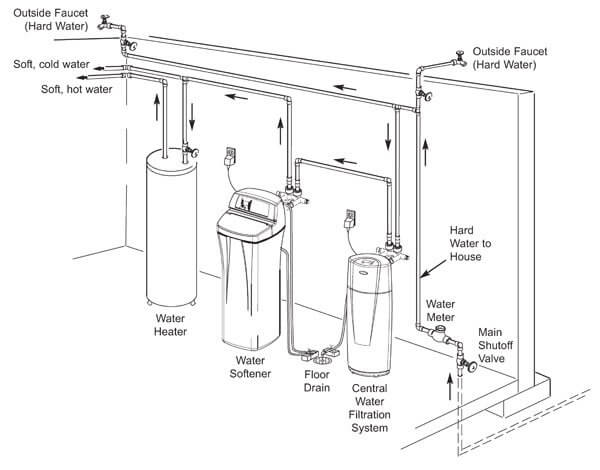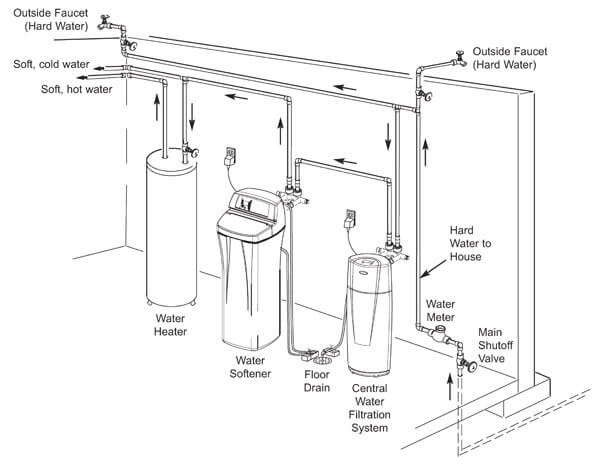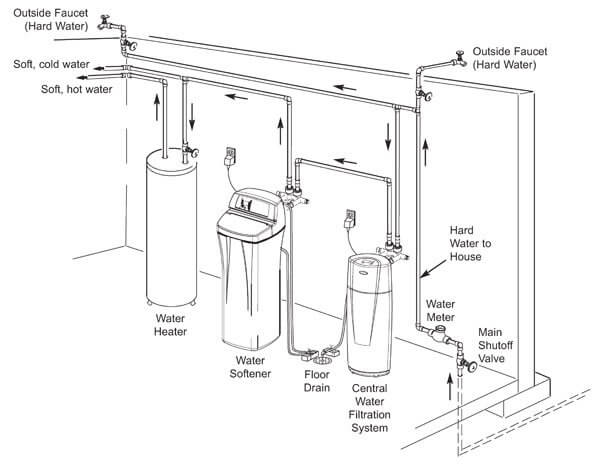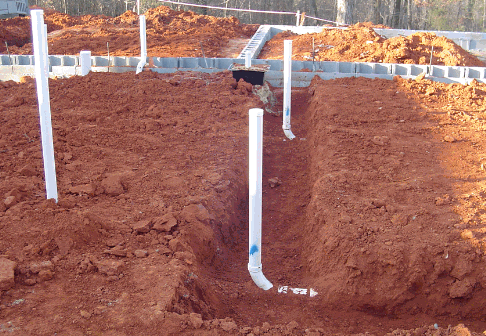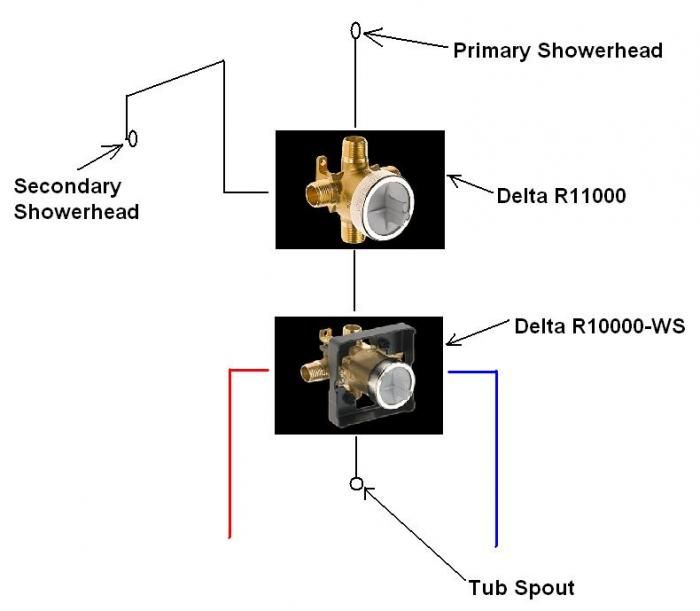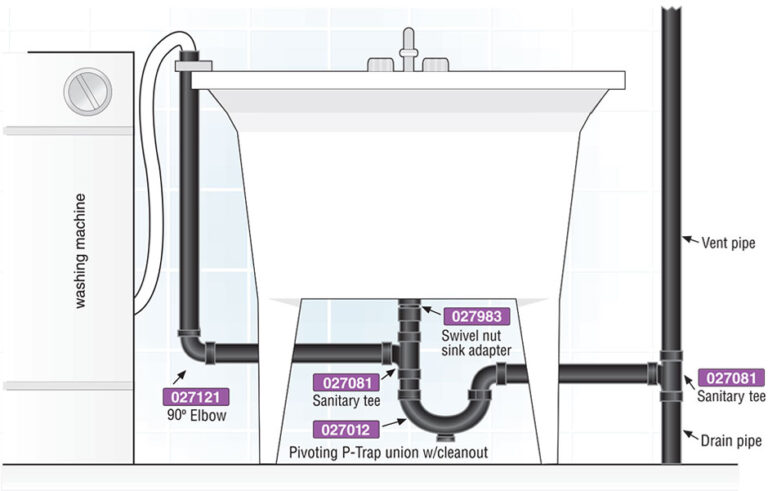Why Do People Install Water Softeners?
Water softeners are a common and often recommended device for many households, and for good reason. People install water softeners because they can drastically reduce the amount of hardness minerals such as calcium and magnesium in their water, which can benefit many aspects of life. Hard water can lead to deposits of mineral scale build-up on plumbing fixtures, shortening the life of appliances, and even leave spots on dishes after washing. Having a water softener installed can also help to reduce the amount of soap and detergent needed for cleaning and reduce skin and hair dryness caused by hard water. Lastly, people often install water softeners because they help to protect their plumbing from corrosion and clogging, and can even help to reduce energy costs.
What is a Water Softener and How Does it Work?
Water softeners are an increasingly popular home appliance designed to reduce the amount of minerals present in water. It works by replacing the calcium and magnesium ions in hard water with sodium ions, which are much gentler. This process is known as ion exchange, and it helps protect pipes and other plumbing-related equipment from scale buildup and other mineral-related damage. The installation of a water softener is a great way to improve water quality and reduce the amount of time and money spent on plumbing maintenance. Not only does it help keep pipes and equipment clean and functioning, but it also prevents corrosion, staining, and other water-related damage. Additionally, installing a water softener can help improve the taste of tap water, making it more palatable for drinking and cooking.
Benefits of Installing a Water Softener
Water softeners are essential components of a home plumbing system, offering numerous benefits to homeowners who choose to install them. Water softeners reduce the amount of mineral deposits in your home’s water supply, which can help improve the taste and smell of your water, as well as reduce the risk of clogs and other plumbing issues. Additionally, installing a water softener can help protect your fixtures and appliances such as dishwashers and washing machines from damage caused by mineral buildup. Furthermore, water softeners can reduce the need for detergents and soaps, saving you money in the long run. Finally, water softeners can help improve the water pressure in homes, making everyday tasks such as showering and washing dishes a much more pleasant experience. For all of these reasons, it is easy to see why so many people choose to install water softeners in their homes.
Potential Drawbacks of Water Softening
Water softening is a process used to reduce the mineral content in hard water, which can lead to limescale buildup and other issues. While the benefits of installing a water softener are well known, there are some potential drawbacks that should be considered before investing in one.
The first potential drawback is the cost of installation and maintenance. Water softening systems can be expensive to install, and may require periodic maintenance to ensure they are working properly. Also, some types of water softeners require the use of salt, which can be expensive over time.
Another potential drawback is the impact that softening water can have on the environment. The salt used in some water softening systems can be harmful to aquatic life, and can potentially damage local ecosystems. Additionally, the waste water produced by water softeners can be high in sodium, which can also have a negative impact on the environment.
Finally, water softening can have an effect on the taste and smell of water. While some people claim that softened water tastes better, others say it tastes more “flat” and has a different smell. If you are considering installing a water softener, it is important to keep these potential drawbacks in mind.

Types of Water Softeners
Water softeners are systems designed to reduce the amount of minerals such as calcium and magnesium in water. These minerals, known as “hardness minerals”, are the cause of a variety of problems in both households and industry. As such, water softeners are becoming increasingly popular as they can help to reduce these issues and make water safer and more pleasant to use. There are two main types of water softeners available; salt-based softeners and salt-free softeners.
Salt-based softeners use sodium chloride, or table salt, to soften water. This process works by exchanging the hardness minerals for sodium ions which are then released into the water. Salt-based softeners are the most common type of water softener and are typically the most cost-effective option.
Salt-free softeners use a process called “ion exchange” to remove the hardness minerals from the water. This process works by exchanging the hardness minerals for potassium ions which are then released into the water. Salt-free softeners are often the preferred option for households with sodium-restricted diets, as they do not add any sodium to the water.
Both types of water softeners can be used to reduce the amount of minerals in water, making it safer and more pleasant to use. As such, many people choose to install a water softener in their home.
Maintenance of Water Softeners
Water softeners are a popular home appliance that are often installed in households to reduce the amount of hardness minerals in the water. But, in order to keep them functioning properly, maintenance is essential. Neglecting water softeners can lead to issues such as an unbalanced water system, clogging, and water damage. To ensure that your water softener is functioning optimally, here are a few maintenance tips to follow:
First and foremost, regularly check the salt level in the brine tank. Over time, salt gradually dissolves and needs to be replenished. If not, the water softener will not be able to effectively soften the water.
Second, inspect the brine tank for any buildup of dirt or debris. It is important to clean the brine tank regularly to remove any dirt and debris that has accumulated over time.
Third, check the water pressure. Low water pressure can cause the water softener to not work properly. If the pressure is low, replace the filter or have a professional inspect the system.
Fourth, look for signs of leaks or corrosion. Leaks or corrosion can cause the water softener to malfunction. If any signs of leaks or corrosion are present, it is important to call a professional to repair the system.
Finally, schedule regular maintenance for your water softener. Having a professional inspect and service your water softener on a regular basis can help prevent issues and ensure that the system is functioning properly.
Following these simple maintenance tips can help keep your water softener running efficiently and effectively and ensure that you have clean, soft water for years to come.
Cost of Installing a Water Softener
The cost of installing a water softener can vary significantly based on several factors. On average, homeowners can expect to pay anywhere from $500 to $2,500 for the installation of a water softening system. The primary determinants of cost include the type and size of the water softener, labor charges, and any additional plumbing work that may be required.
Basic, single-tank water softeners are generally more affordable, while more advanced dual-tank or salt-free systems can be at the higher end of the price range. The labor costs also depend on your location and the complexity of the installation. If your home’s plumbing needs modifications to accommodate the water softener, this can add to the expense.
It’s essential to consider ongoing maintenance costs, such as purchasing and replenishing salt or other softening media. Additionally, factor in potential energy consumption and water usage, which may impact your monthly utility bills. To get an accurate estimate, it’s advisable to consult with a professional plumber or water treatment specialist who can assess your specific needs and provide a detailed cost breakdown for the installation of a water softener in your home.
FAQs About the Why Do People Install Water Softeners?
Q1: What is a water softener?
A1: A water softener is a device that is used to reduce the hardness of water, by removing certain minerals like calcium and magnesium that cause hardness.
Q2: How does a water softener work?
A2: Water softeners use a process called ion exchange to remove calcium and magnesium from the water. The softening process involves replacing the calcium and magnesium ions with sodium or potassium ions.
Q3: What are the benefits of installing a water softener?
A3: Installing a water softener can help reduce the scale build-up on plumbing fixtures and appliances, reduce soap scum in the bathroom and laundry, and improve the taste and smell of the water. It also helps to extend the life of appliances that use water, like dishwashers and washing machines.
Conclusion
Water softeners have become increasingly popular in recent years due to their ability to provide better water quality while also reducing the maintenance and cost associated with hard water. Water softeners remove certain minerals, such as calcium and magnesium, from the water supply that can cause hard water. This makes the water softer and less likely to cause build-up on plumbing fixtures and appliances. Additionally, softer water can help reduce soap scum and the need for harsh cleaning products. All of these benefits make water softeners an attractive choice for those looking to improve the quality of their water.

